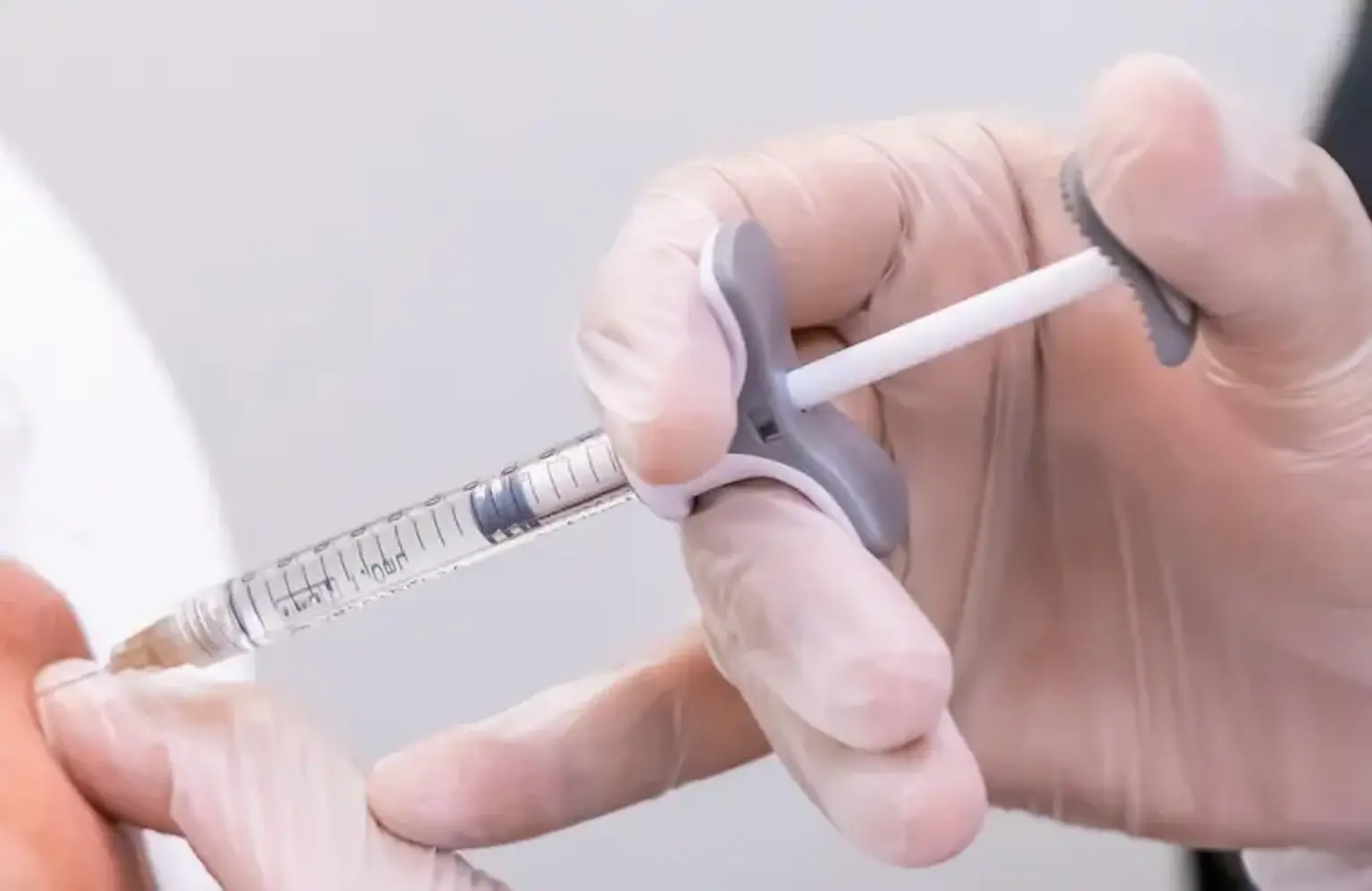Introduction
Body contouring fillers are transforming the world of non-surgical aesthetic treatments. As an alternative to traditional procedures like liposuction, they offer a non-invasive approach to reshape and enhance the body. With growing demand for less invasive solutions, these fillers are now one of the most sought-after treatments for individuals looking to sculpt and refine areas like the abdomen, thighs, or buttocks. As these treatments gain popularity worldwide, patients can enjoy a quick recovery time, minimal discomfort, and natural-looking results, all without going under the knife.
What Are Body Contouring Fillers?
Body contouring fillers are injectable treatments designed to enhance the shape and volume of the body. Unlike facial fillers, these are specifically formulated for larger areas and work by adding volume where it's needed to reshape the body’s contours.
There are several types of body fillers:
Hyaluronic acid (e.g., Restylane): Known for adding volume and moisture to the skin, it’s used to create smoother, fuller body contours.
Poly-L-lactic acid (e.g., Sculptra): This filler helps stimulate collagen production, which leads to long-term improvements in skin texture and firmness.
Calcium hydroxylapatite (e.g., Radiesse): Ideal for adding volume and tightening the skin, it also helps boost collagen production.
These fillers are injected directly into targeted areas, where they work to restore volume and smooth out uneven areas, providing a more sculpted and youthful appearance.
